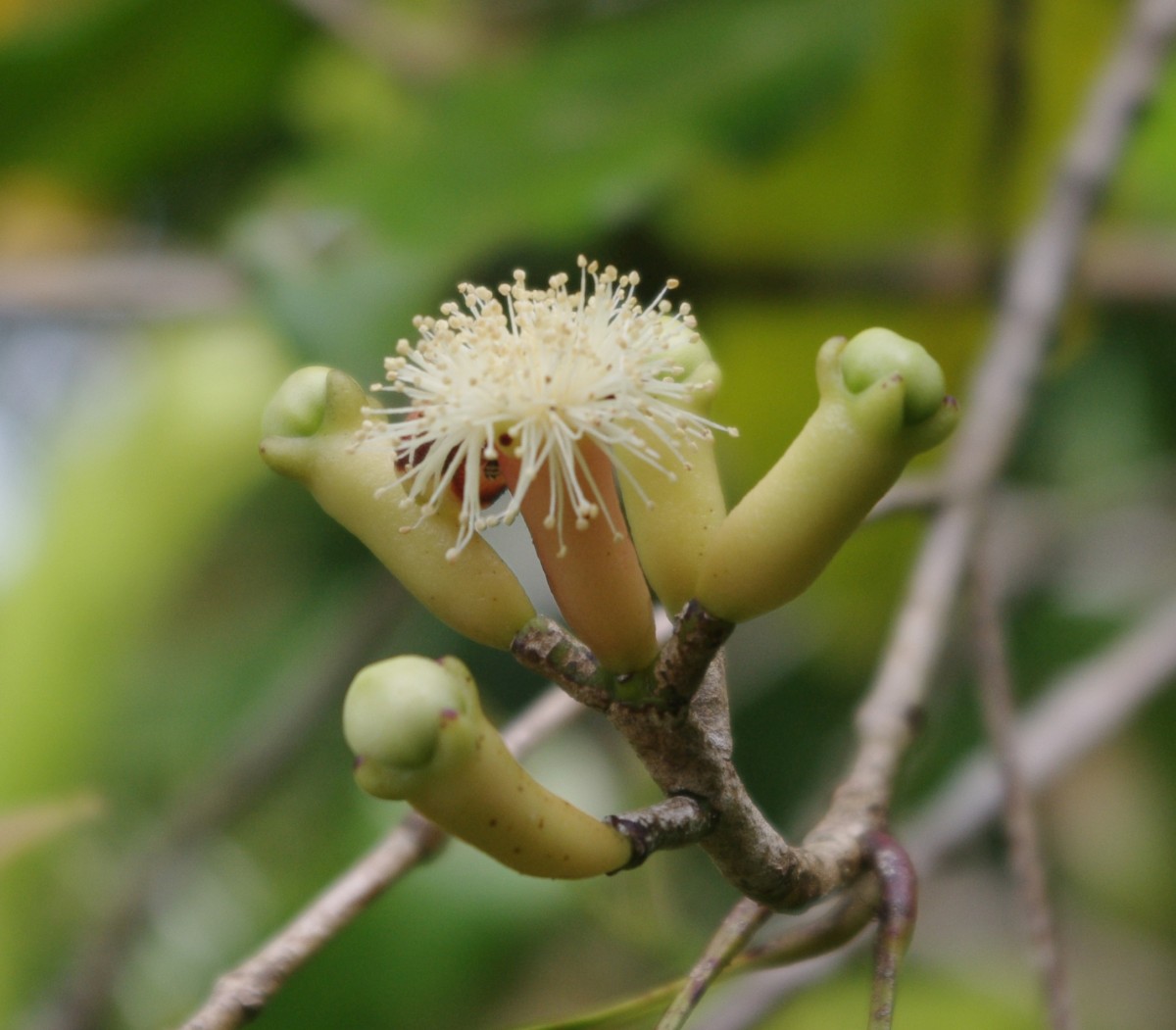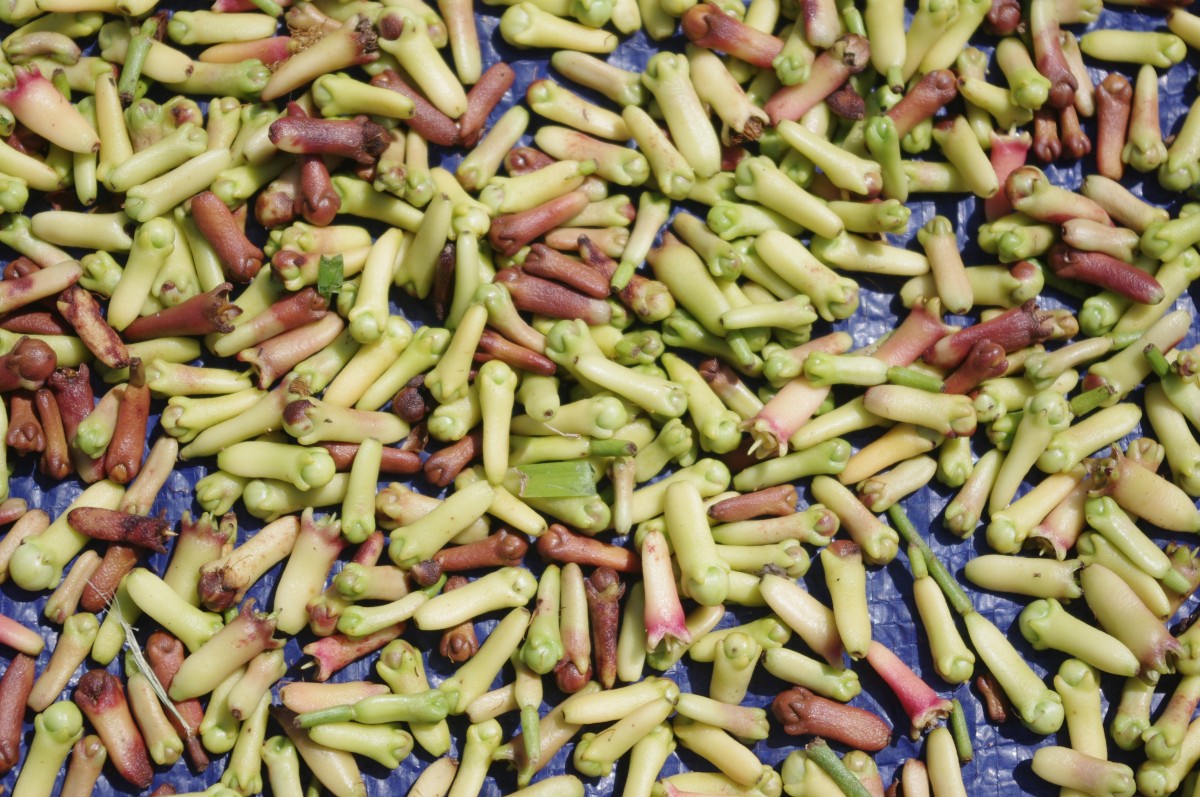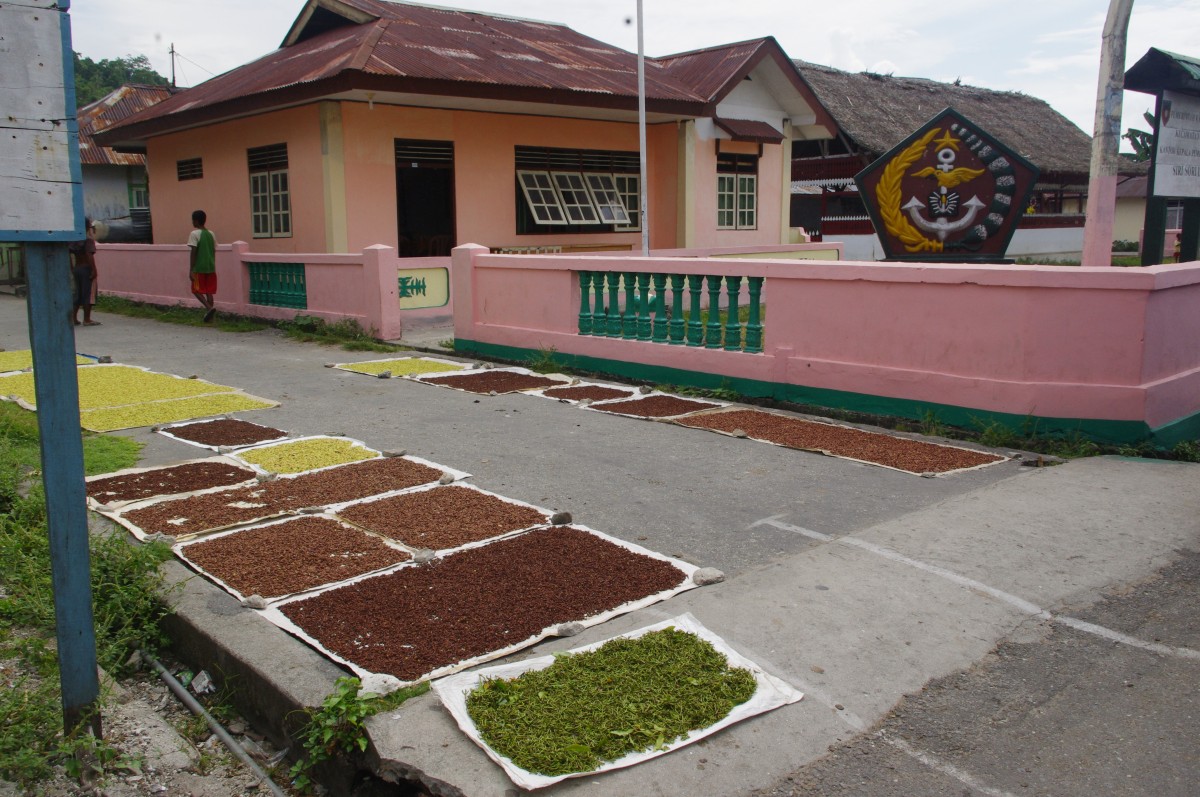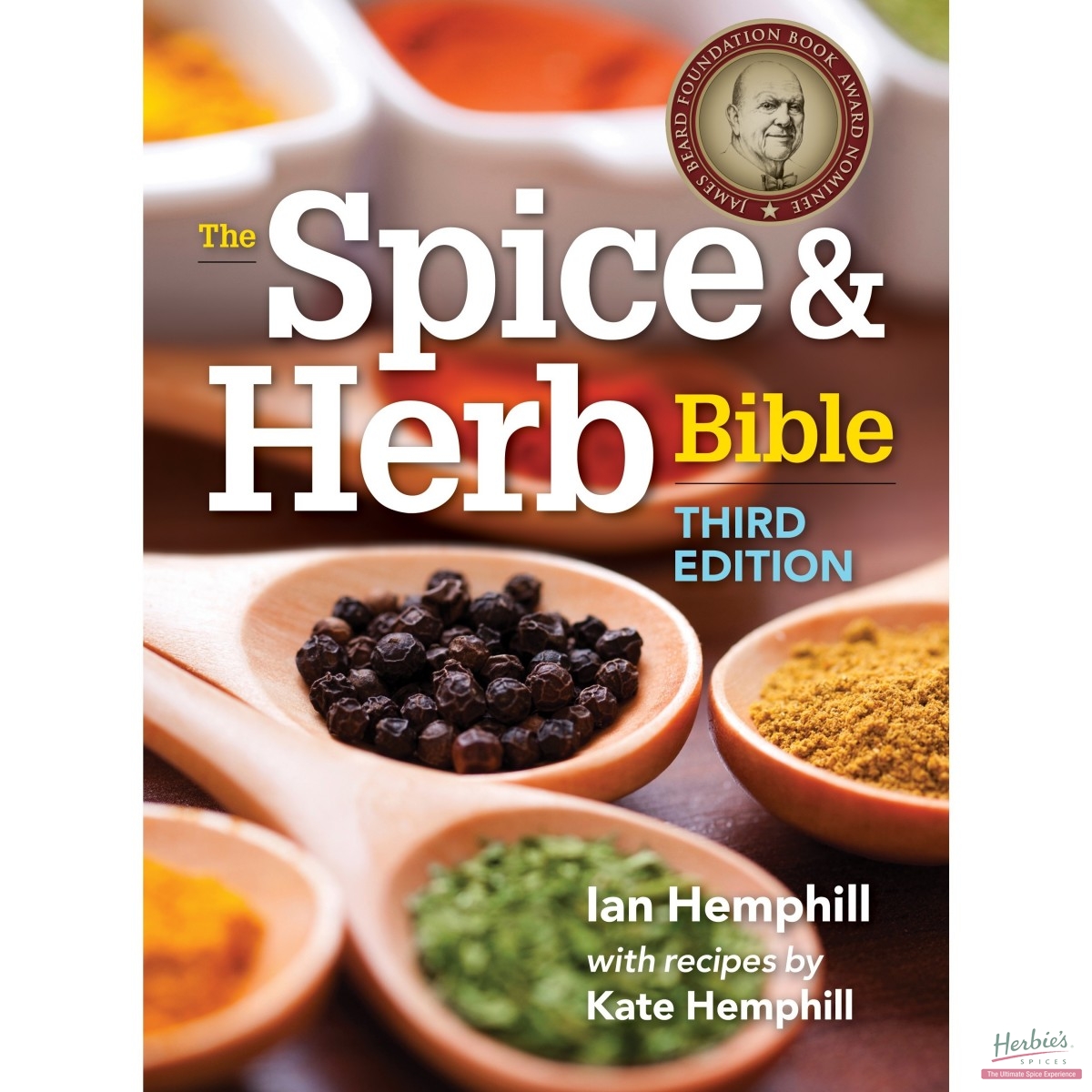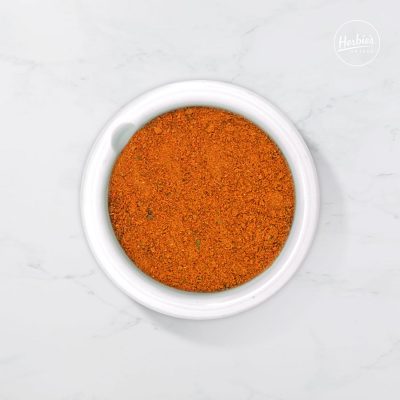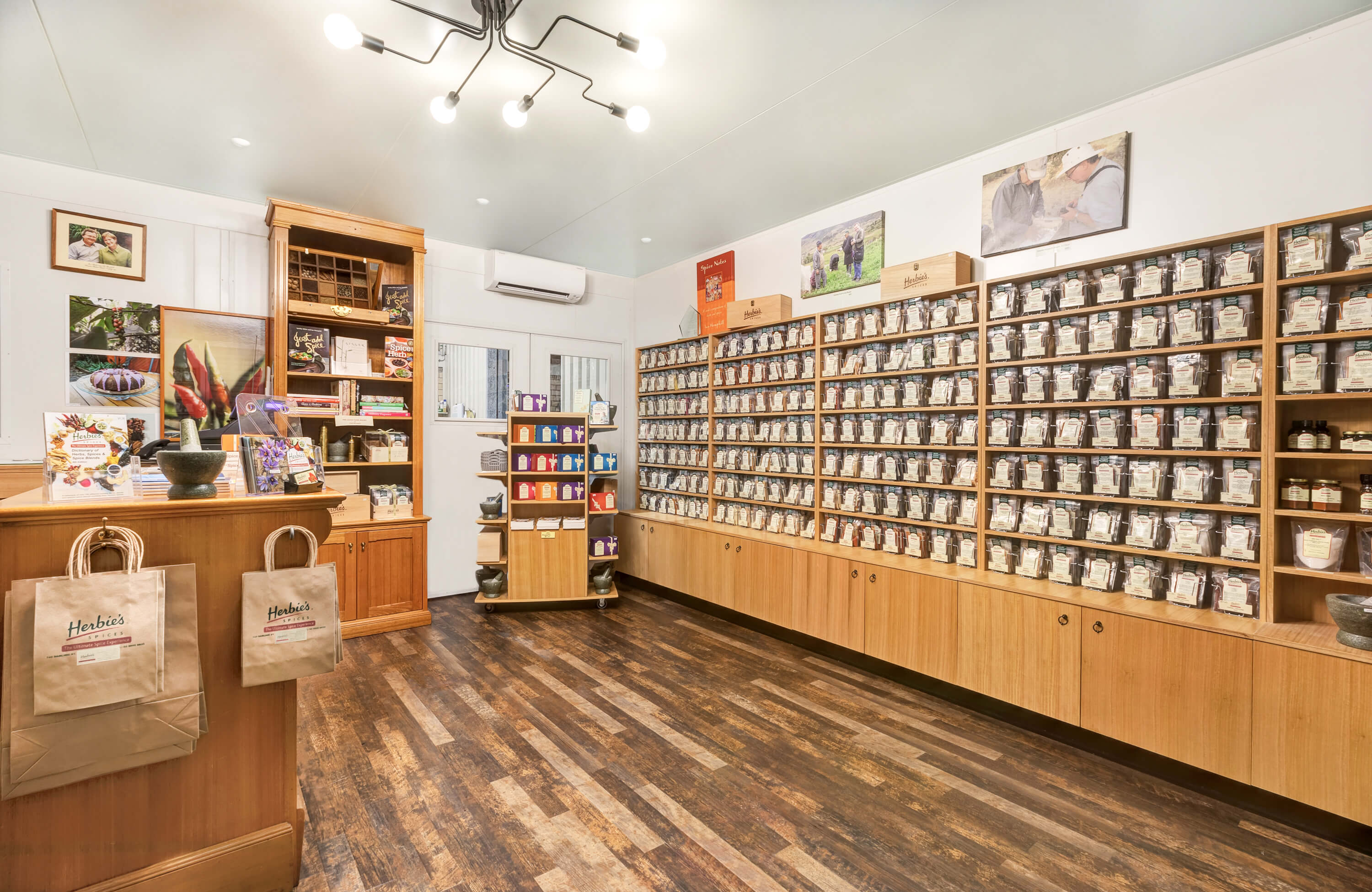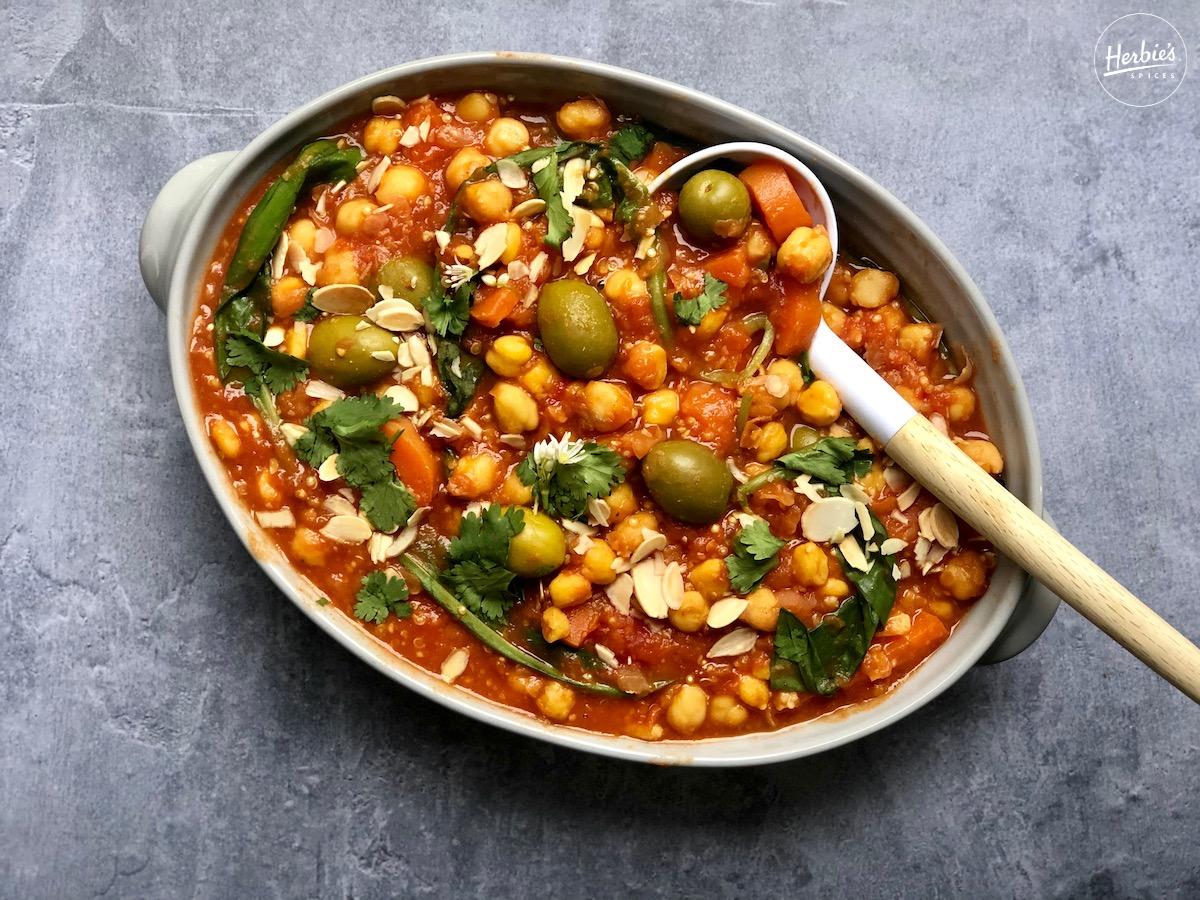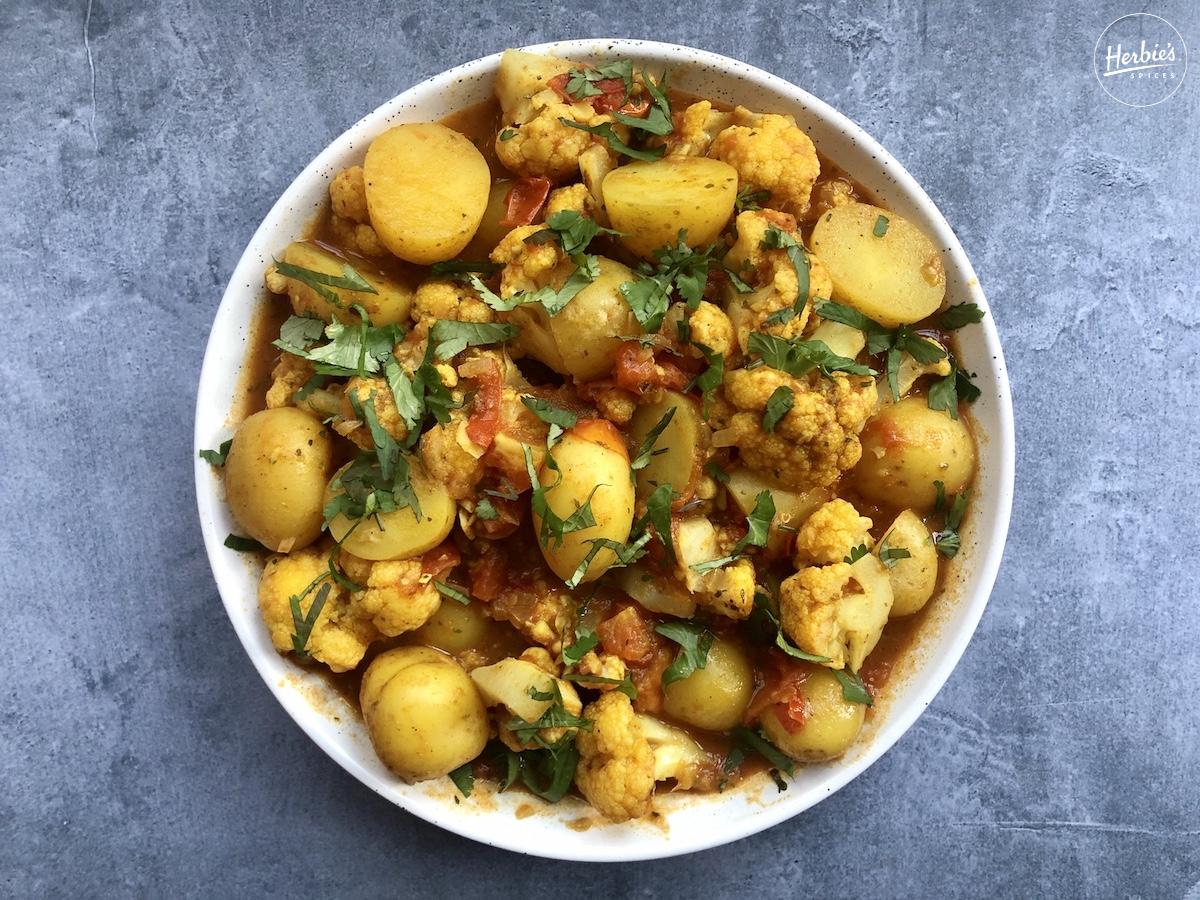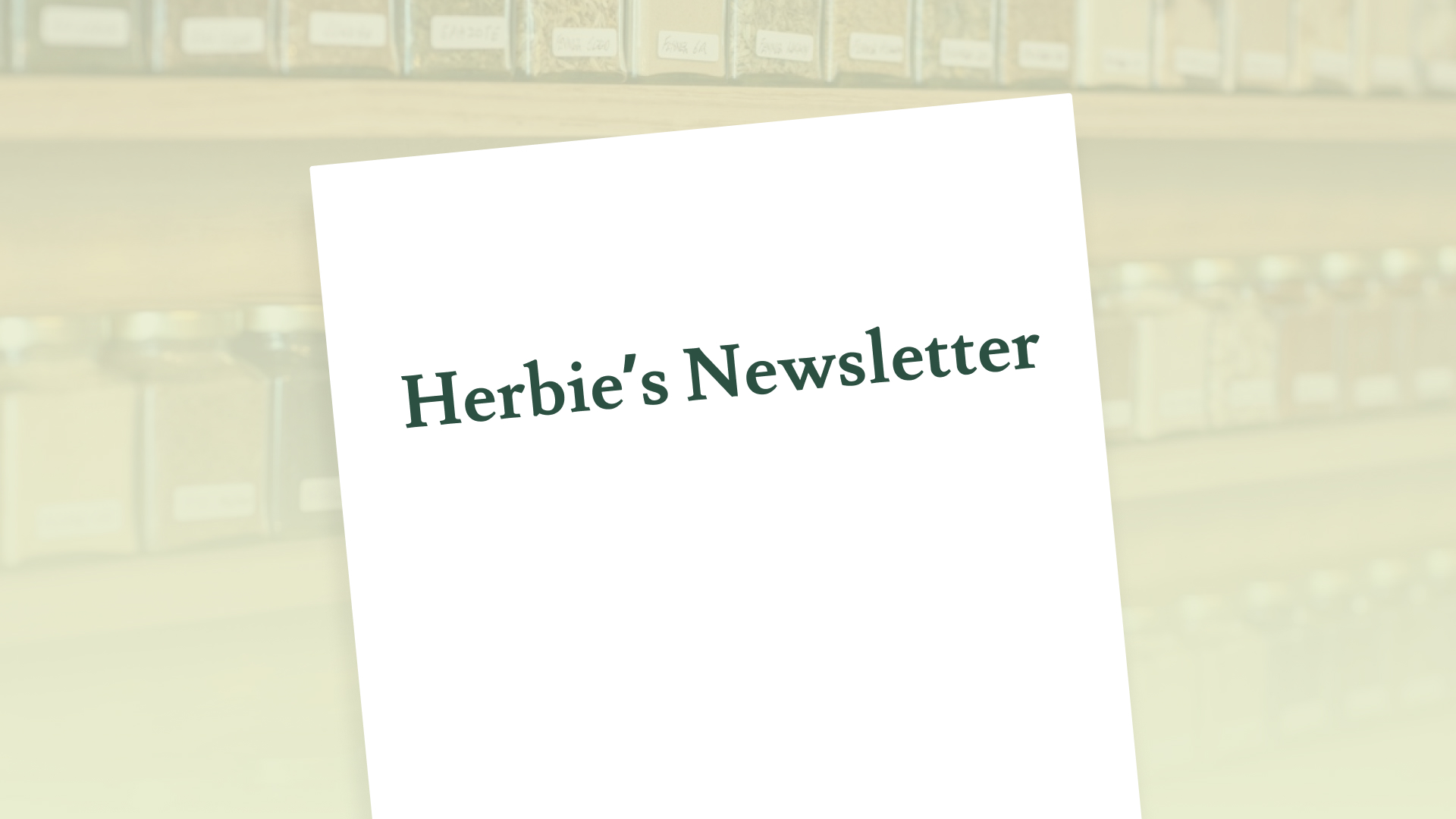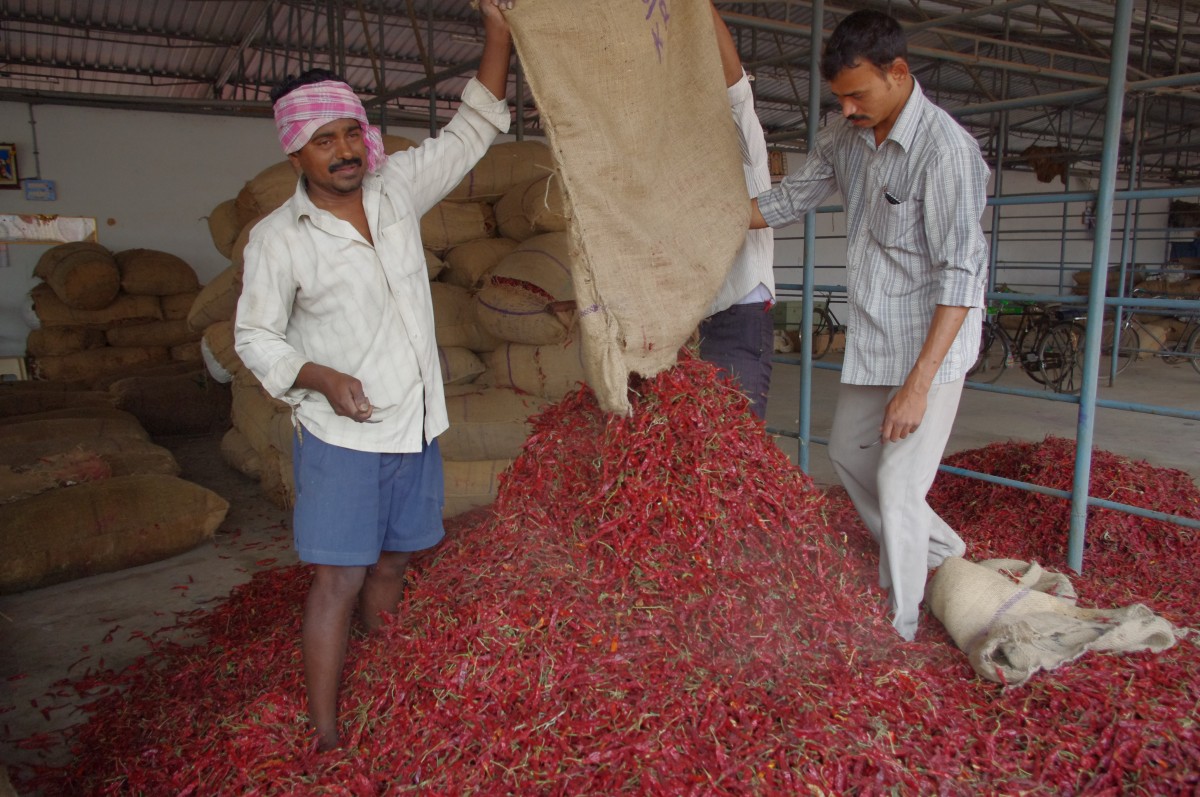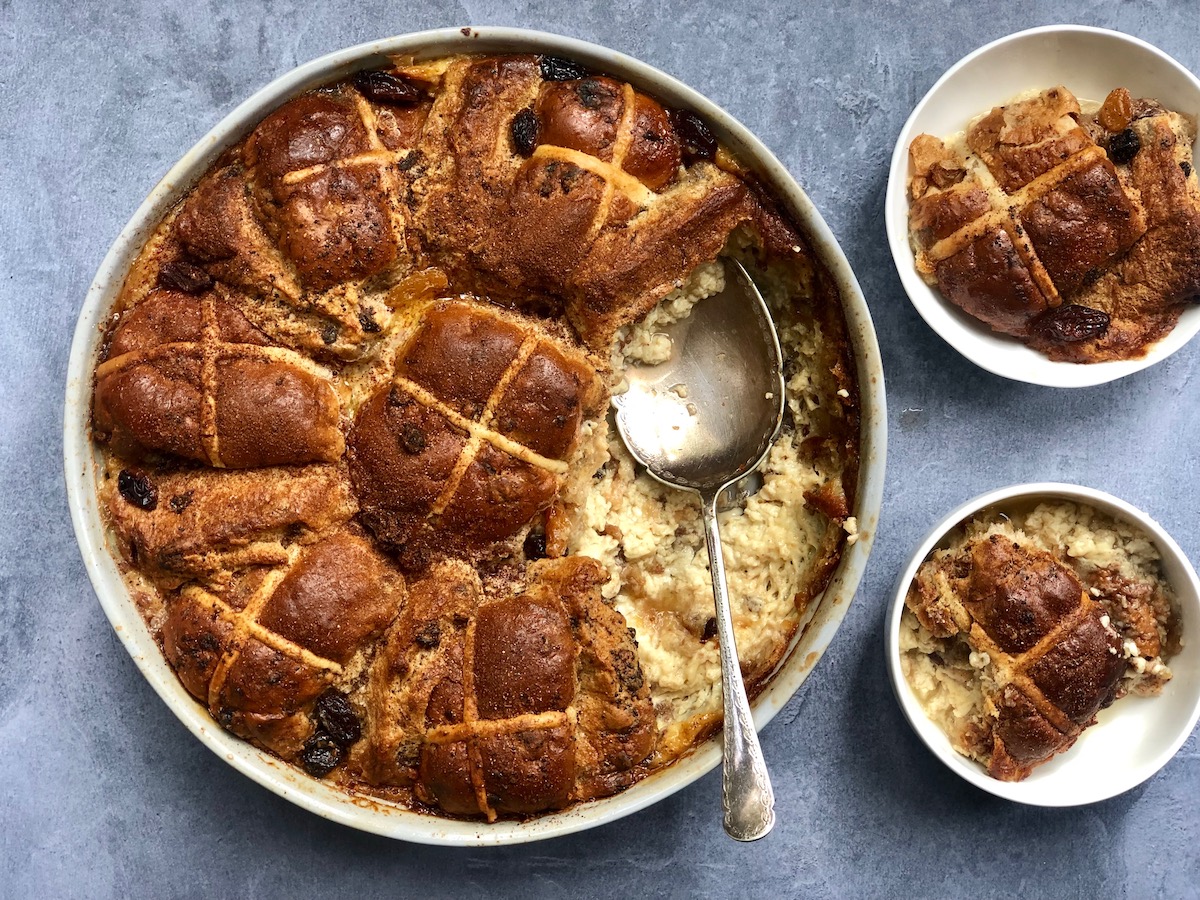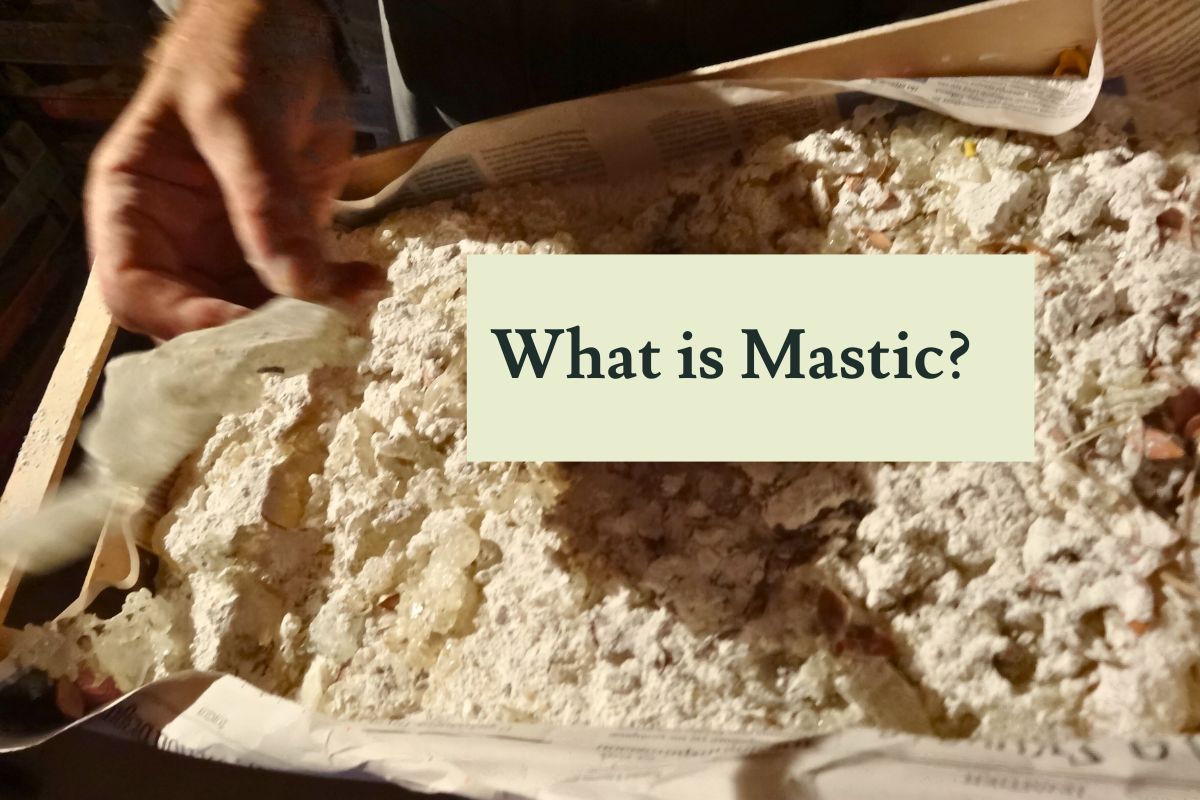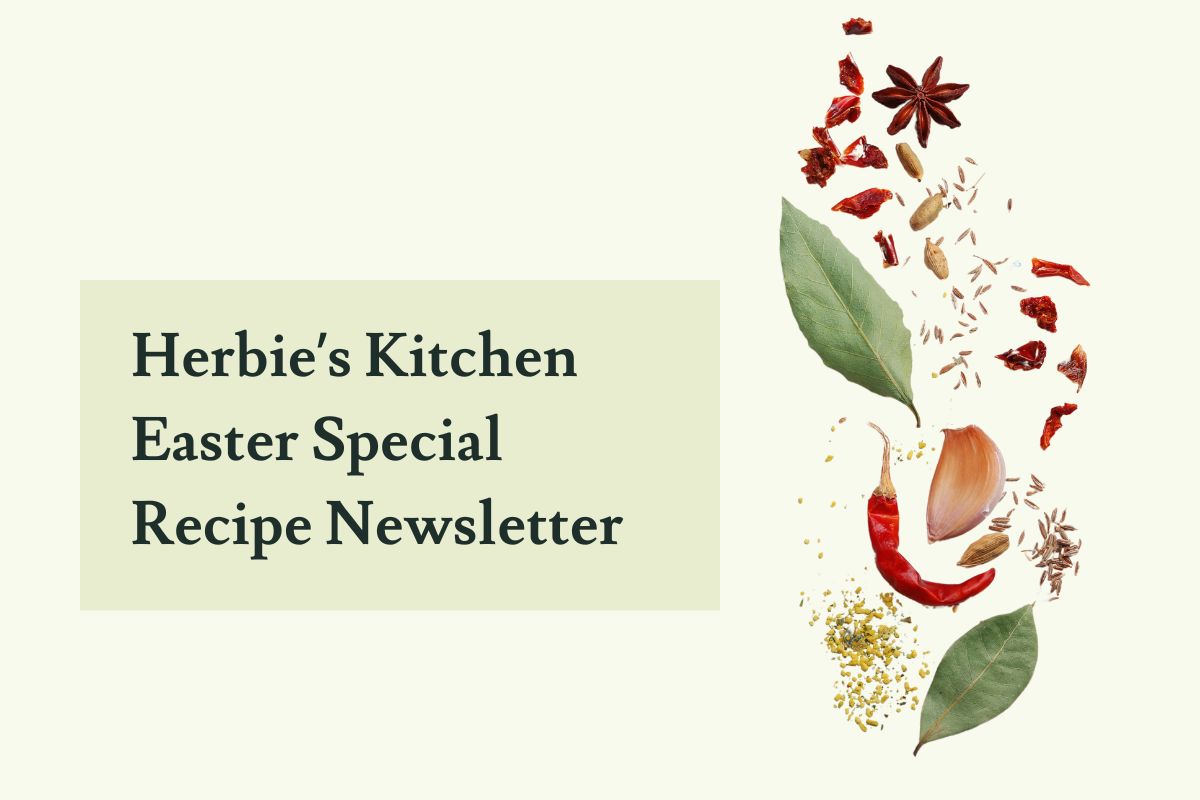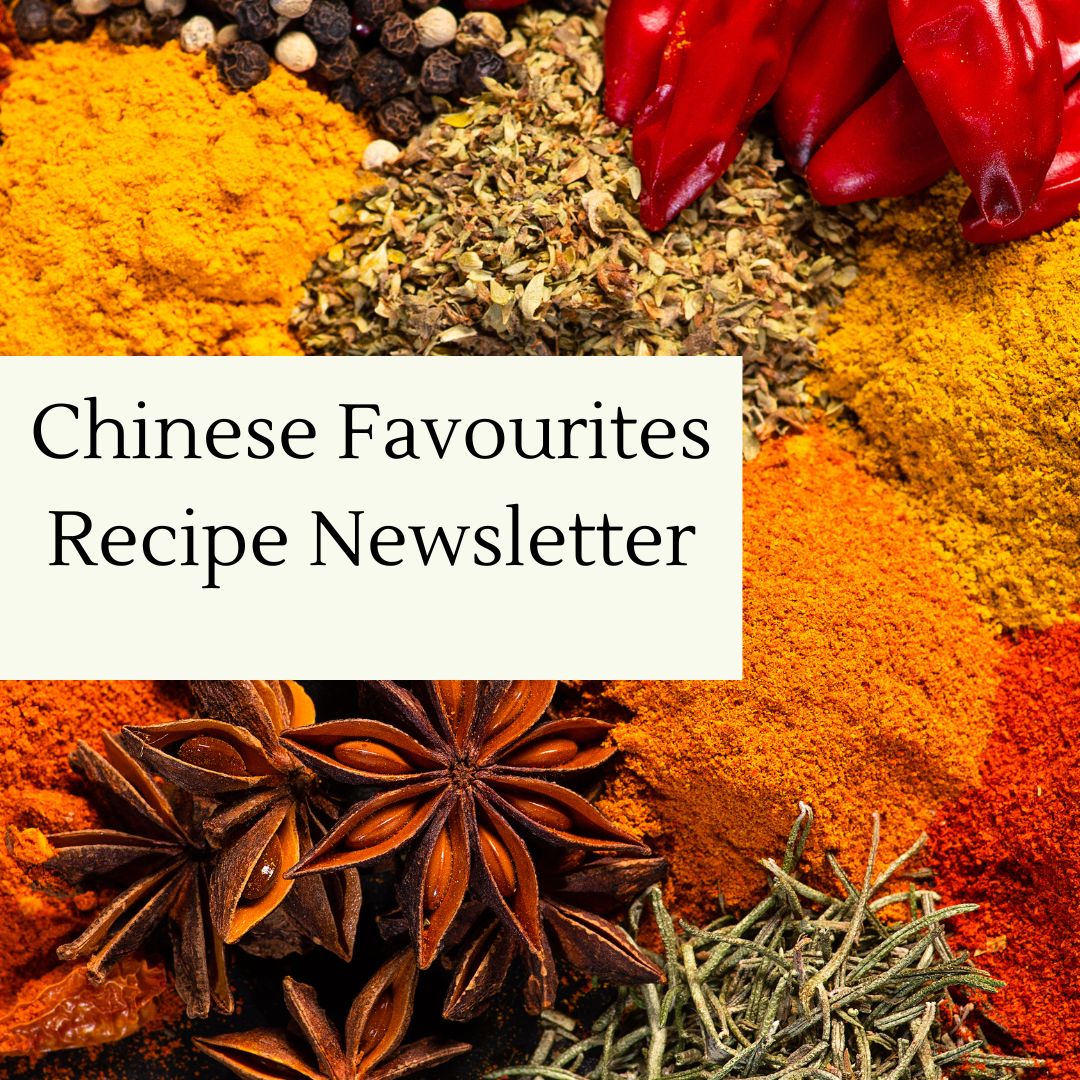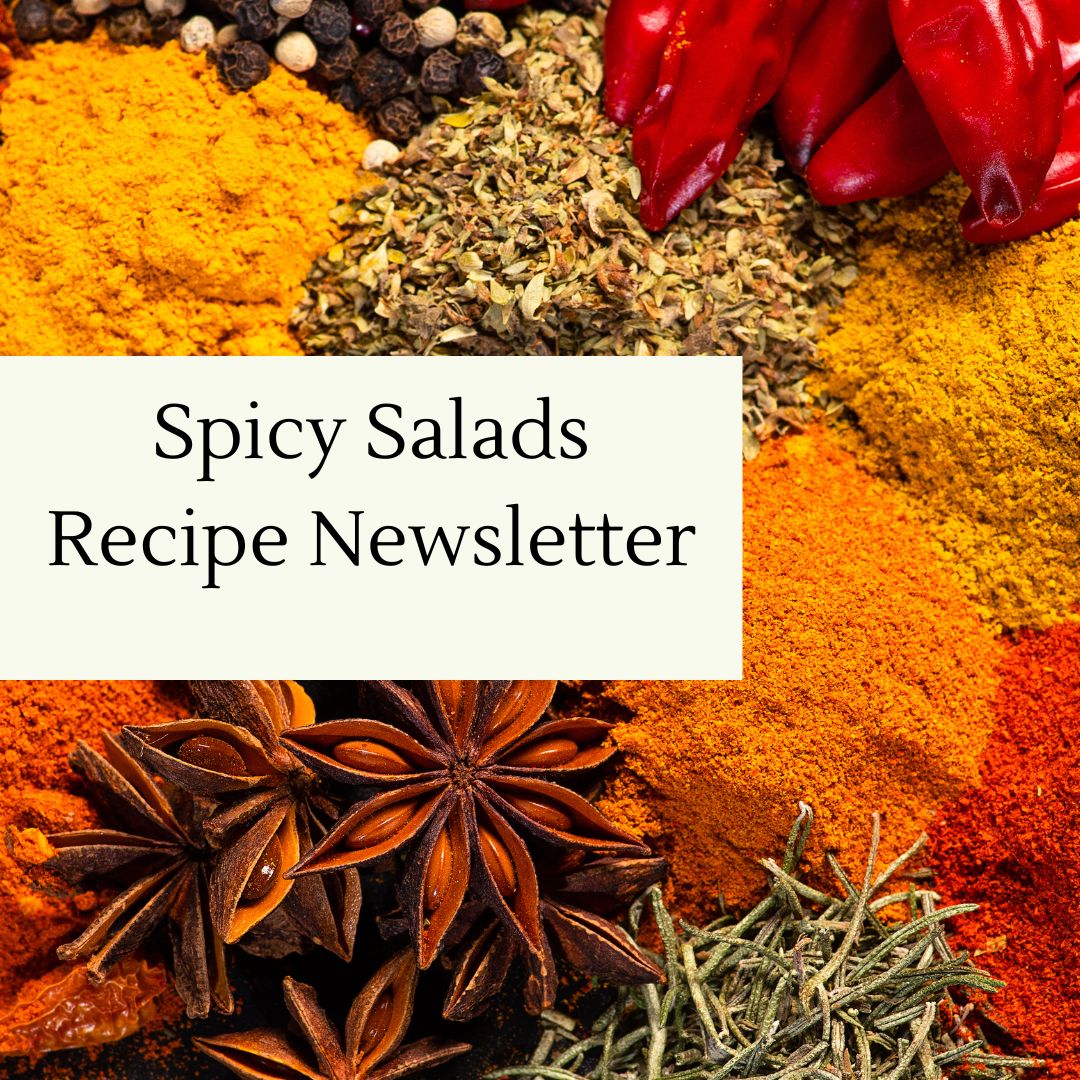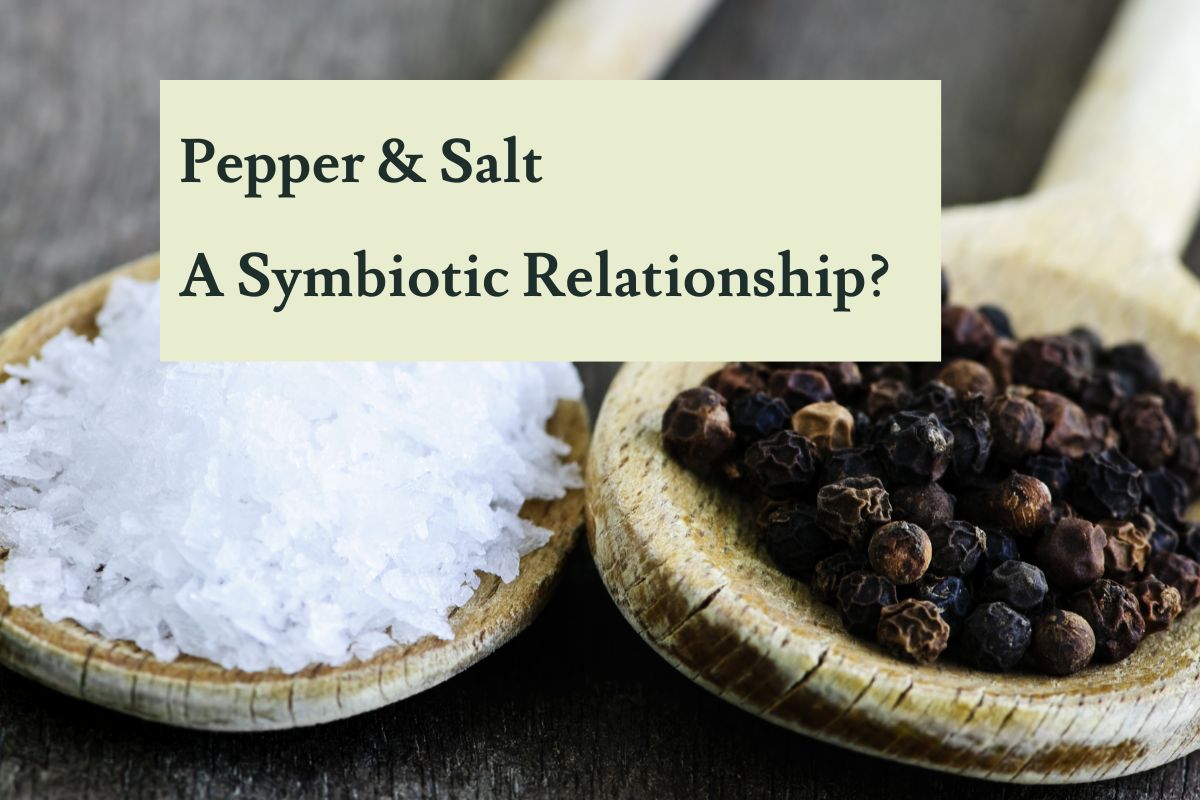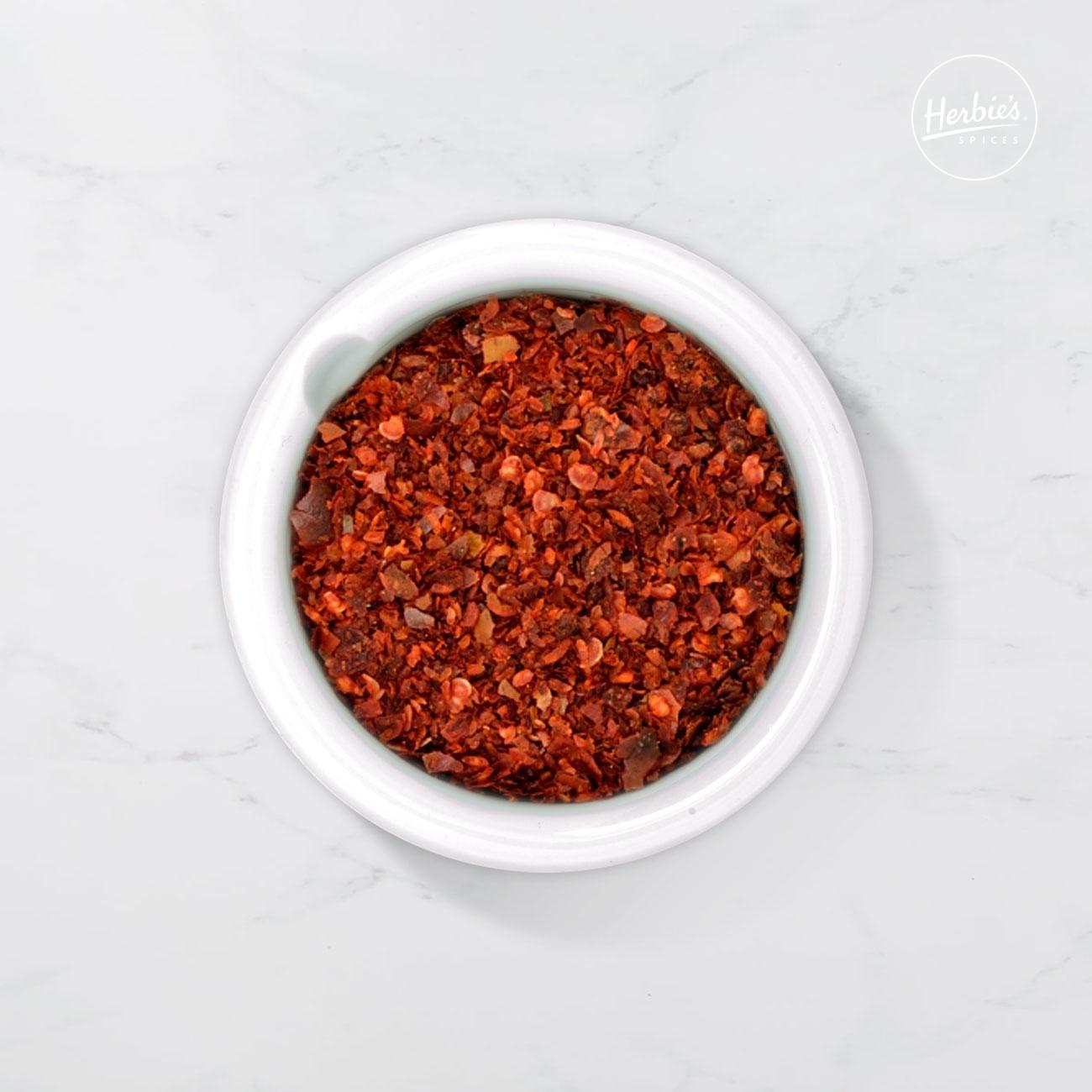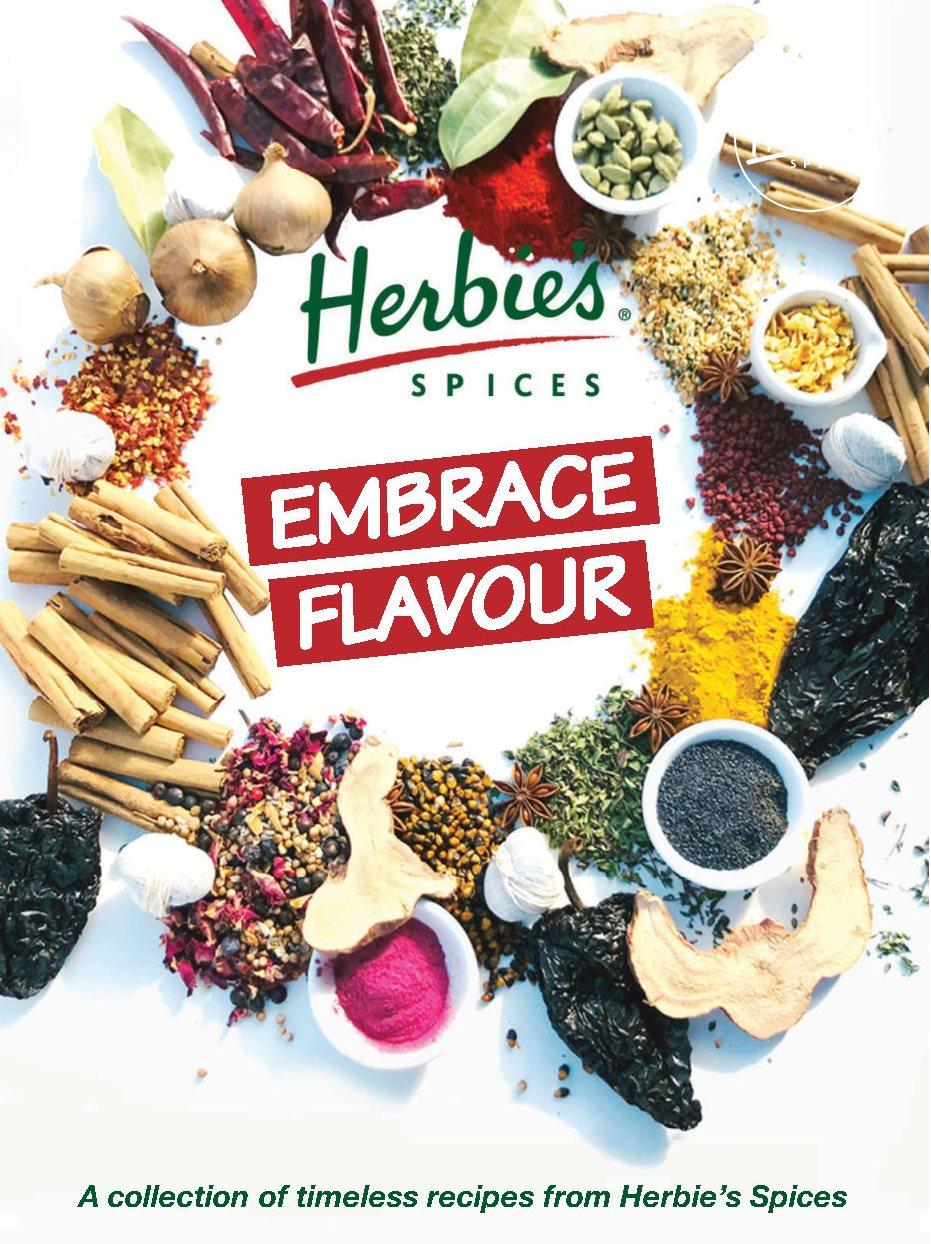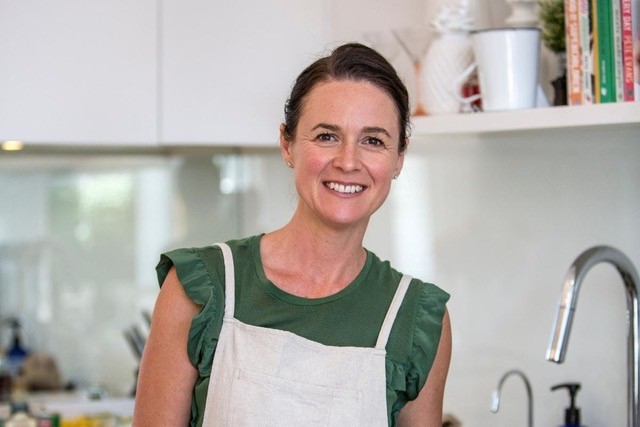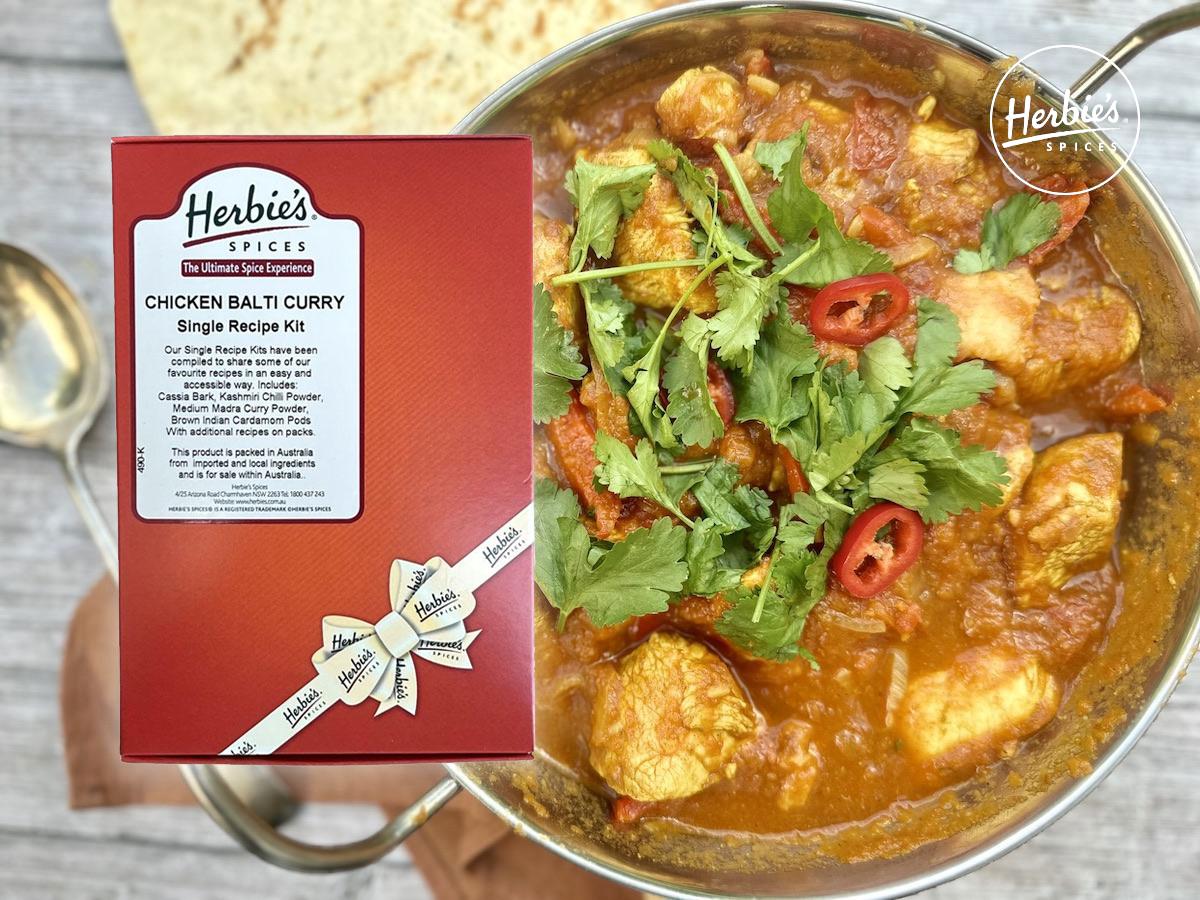Processing
The first harvesting of cloves takes place when the trees are six to eight years of age and continues then for up to 50 years; some trees reportedly live for up to 150 years. The trees are surprisingly sensitive and will usually only deliver one bumper crop in four years, the success of following crops being largely dependent on the degree of sympathy employed in the previous harvest. Rough handling and breaking of branches will generate debilitating shock in clove trees, diminishing subsequent yields. In Sir James Frazer’s famous work, The Golden Bough, he described the attitude of the native people to their crops: ‘When the clove trees are in blossom, they are treated like pregnant women. No noise may be made near them; no light or fire may be carried past them at night; no-one may approach them with his hat on, all must uncover in their presence. These precautions are observed lest the tree should be alarmed and bear no fruit, or should drop its fruit too soon like the untimely delivery of a woman who has been frightened in her pregnancy.’ Although modern attitudes have changed, the planting and harvesting of cloves still has religious significance in some villages.
Clove clusters are picked by hand when the buds are at full size, but before any petals have fallen to expose the stamens. As they do not all reach harvesting stage at the same time, a picker must be skilled enough to know the best clusters to pick and put in baskets. The filled baskets are returned to a central area, where the flower buds are removed from the flower stems by twisting the cluster against the palm of the hand. The snapped-off buds are spread out to dry on woven mats, where the tropical sun dries them in a few days to their characteristic reddish-brown colour. During drying, enzymes create the volatile oil eugenol, which is also present in lesser concentration in dried clove stems. A traditional way to gauge correct dryness of cloves is to hold them tightly in one’s hand and if they hurt, the spiky sections are hard, an indication of being properly dried. Having lost about two-thirds of their weight, one kilogram of cloves may consist of up to 15 000 buds.
Clove leaves are also harvested to produce clove leaf oil by steam distillation. This volatile oil is used in perfumery and food and beverage manufacturing. Because the harvesting of leafy branches for this oil seriously diminishes yields of cloves and makes the trees susceptible to fungal infection, it is not a common practice among the major producing countries.
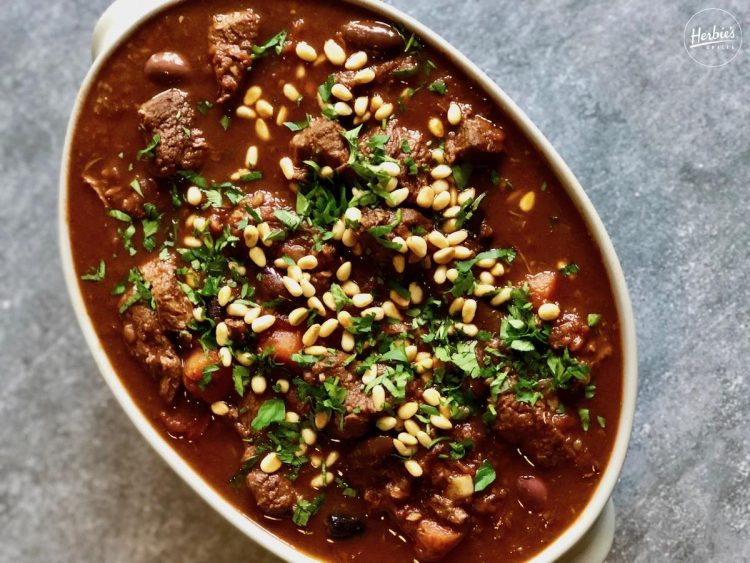 post
post


